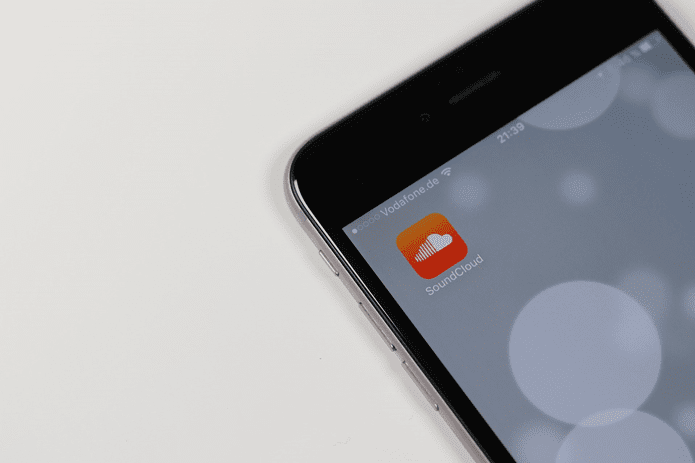I tried it in school, college, and what little time I spent in an accounting firm. It never worked the way I wanted it to. More importantly, I never “got it”. I now have tremendous respect for people who deal with the Office suite day in and day out, because believe me, it ain’t easy. As much as I dislike MS Office’s implementation of mail merge, I do get its appeal. It’s better than just sending a mass email with no personal salutations, and for some people, setting up a newsletter for just one mass email might not be worth it. There’s no reason why mail merge shouldn’t be a part of your workflow/business life, but there are better ways to handle it outside of the MS Office universe. Which is why I’m glad to tell you about an alternative that’s intuitive, easy to use, and that actually works. It works as an add-on to Google Docs (sorry MS Office folks, but maybe it’s time to consider Google Drive’s online/offline productivity suite). The add-on comes from MailChimp, one of the best and easiest email newsletter services out there.
Step 1: Create A Spreadsheet With Recipient Details
Before we get started, head out to Google.com/Sheets, create a new spreadsheet and put in the details for your recipients in properly labeled rows. Start out with First Name, Last Name, and Email. You can put in fields like Address or anything else related to your work. Once that is done, close the tab and let’s get working on the actual email.
Step 2: Install Merge By MailChimp Add-on
Go to Google.com/Docs, create a new document, give it the name you want, head to Add-ons -> Get add-ons, and search for Merge by MailChimp. Download the add-on and wait for a couple of seconds for it to install.
Step 3: Create The Email Body
This is where you do what you’ve gotta do. Google Docs has a lot of templates and add-ons to create attractive page layouts. Inserting charts, images, and other multimedia is also pretty easy.
Step 4: Merging The Mail
Once the email body is ready, go to Add-ons -> Merge by MailChimp -> Send email. This will trigger a popup explaining the steps you need to take before you can send the email. Now, from the picker, select the spreadsheet we created in step 1. You’ll see a sidebar pop up with your spreadsheet data analyzed and processed. It already knows which are the header rows, which are the headings and more importantly, which row contains the email. Of course, you’re free to change the details if you like.
Step 5: Customizing The Mail Merge
As this is a “mail merge” and not just a mass mail, you can do things like add the first names of the receiving party on the top or anywhere in the document you like. To do this, click the Merge Tags button from the sidebar. This will generate a tag for each row. Now select where in the document you want to insert the corresponding data and click the tag button (for example, First Name). Do this for all the needed elements.
Step 6: Put In Sender Info And Send It Off
From the email info tab, put in the sender name, sender email, email subject line, and the company name and address in the footer. Click the Send email and your personalized mass email is on its way. Easy, wasn’t it? Now that the email has been sent, you can track the progress and see how many of them were opened from the Reports option in the Add-ons section. Using this add-on you can send up to 6000 emails a month. Also, as you’re using the services of an established newsletter company to send the email, it will feature an “Unsubscribe” link and a MailChimp logo at the bottom. The above article may contain affiliate links which help support Guiding Tech. However, it does not affect our editorial integrity. The content remains unbiased and authentic.















